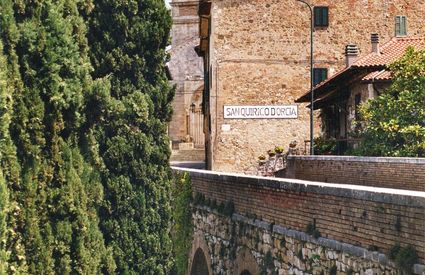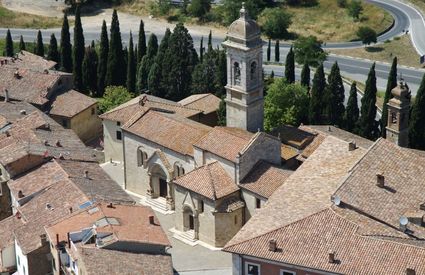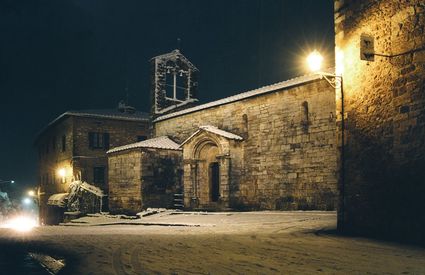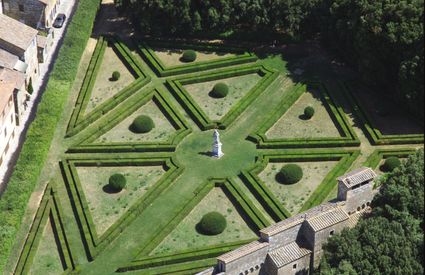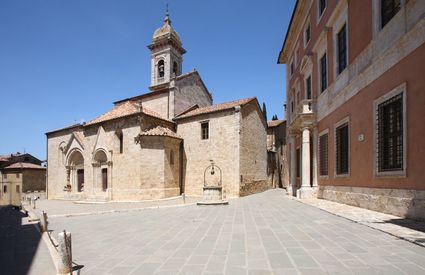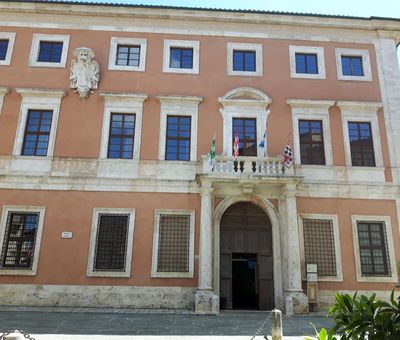Chapter #3
The 'Cardinal-Nephew'
The facade of a beautiful purple converses with the travertine monuments, crimson curtains on the windows, ceilings with zodiac signs and mythological subjects and walls covered with stamped leather the colour of silver and ruby. To lighten the space, we reproduced on some of the walls the color dell’aria so dear to Bernini, the trusted architect of Uncle Fabio and teacher to my architect. In my 36 years as a cardinal, I attended five conclaves without ever becoming Pope. I was always the "Cardinal-Nephew." But in the Roman art world, I am remembered as a generous patron and benefactor, and that’s good enough for me.


